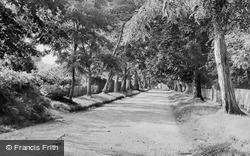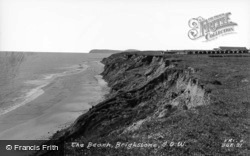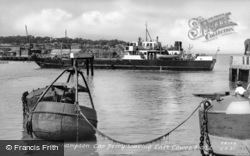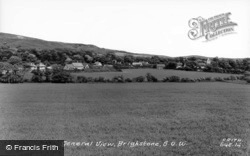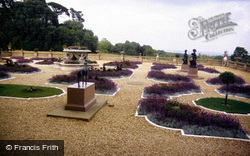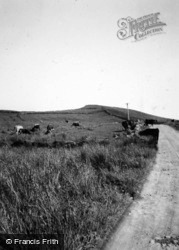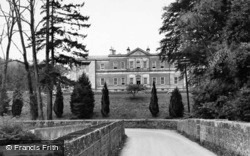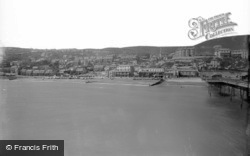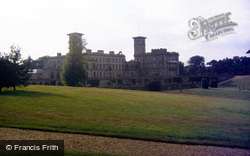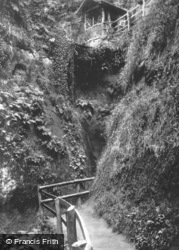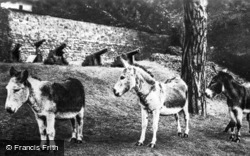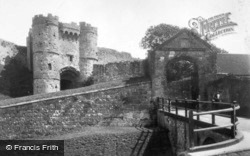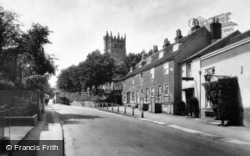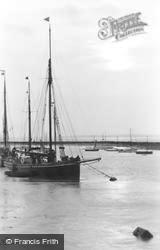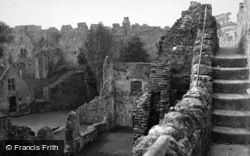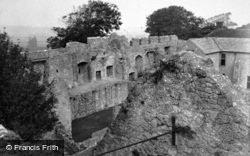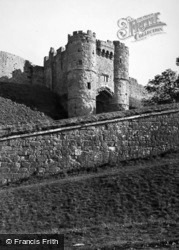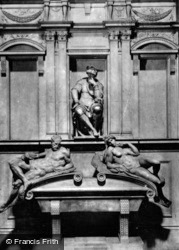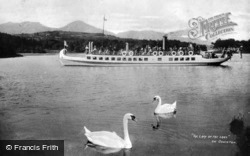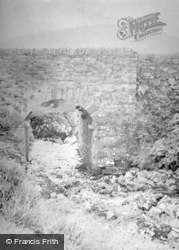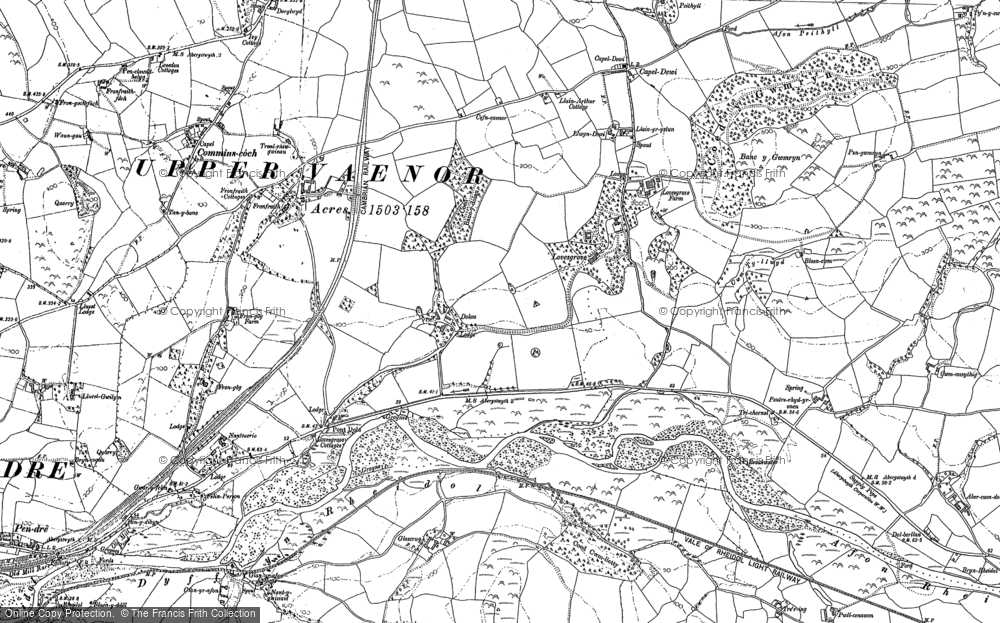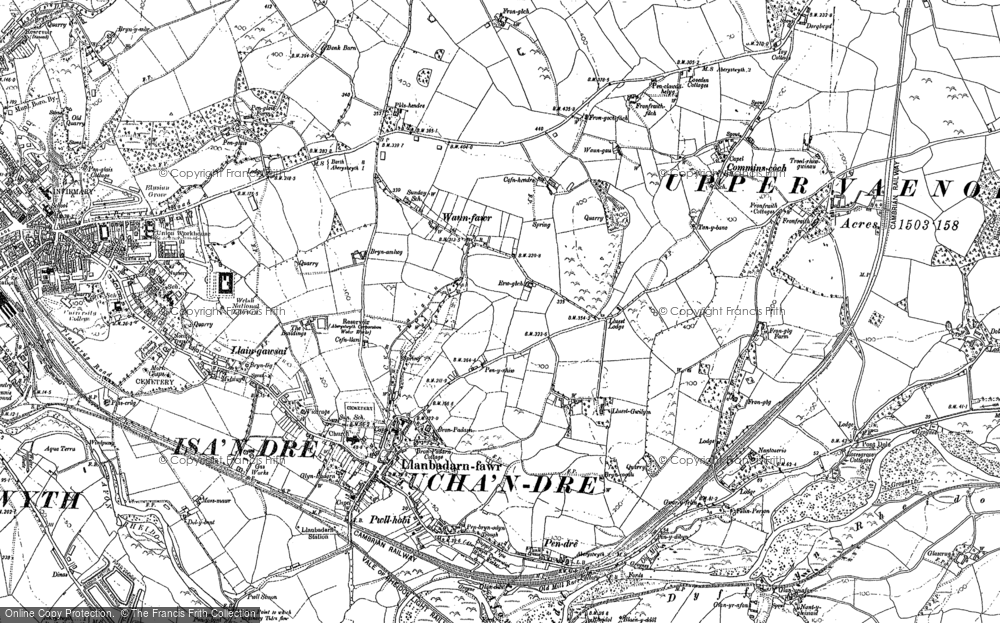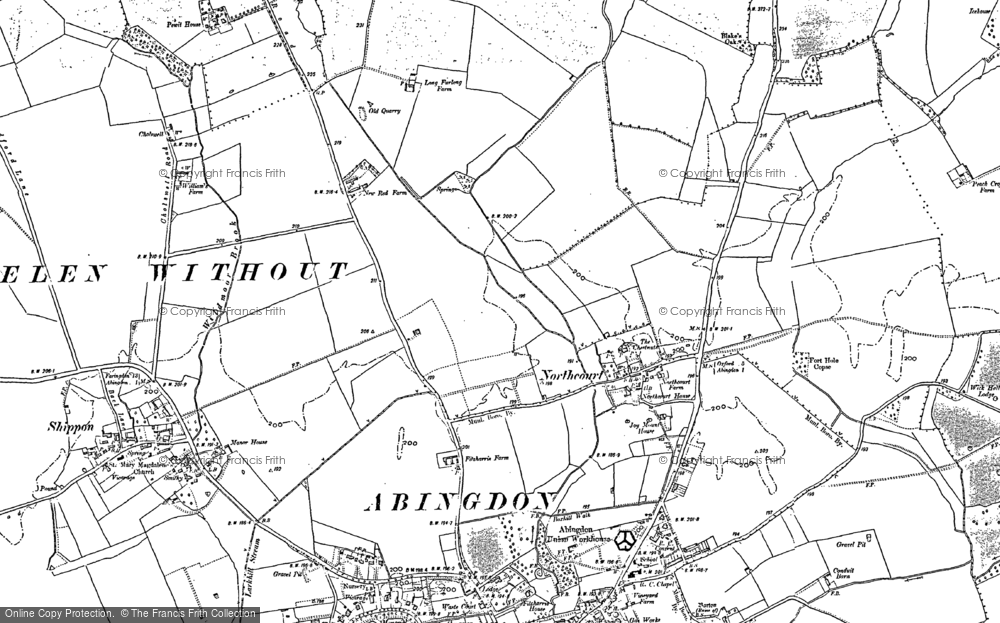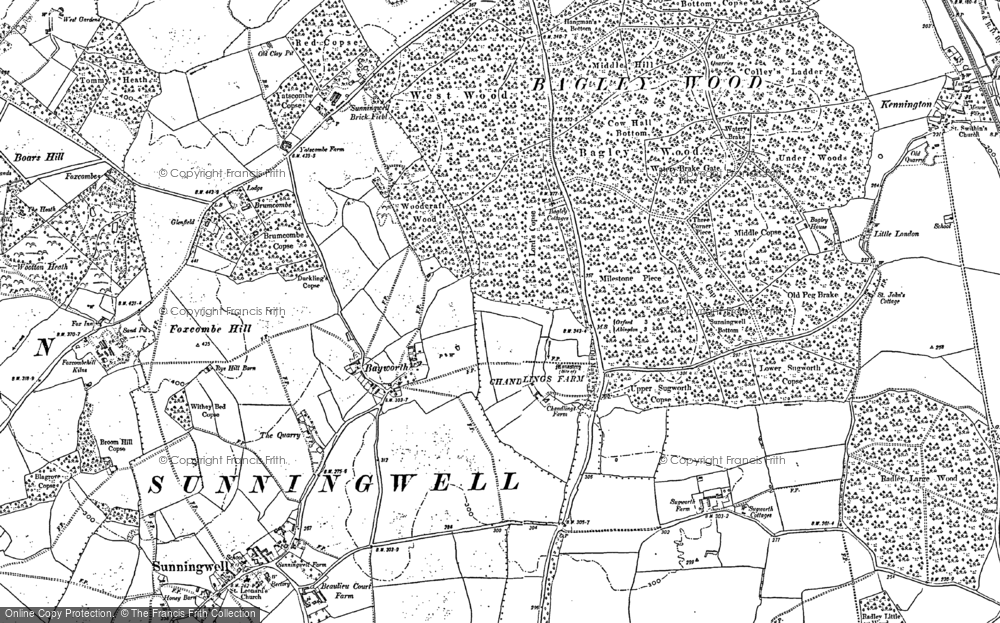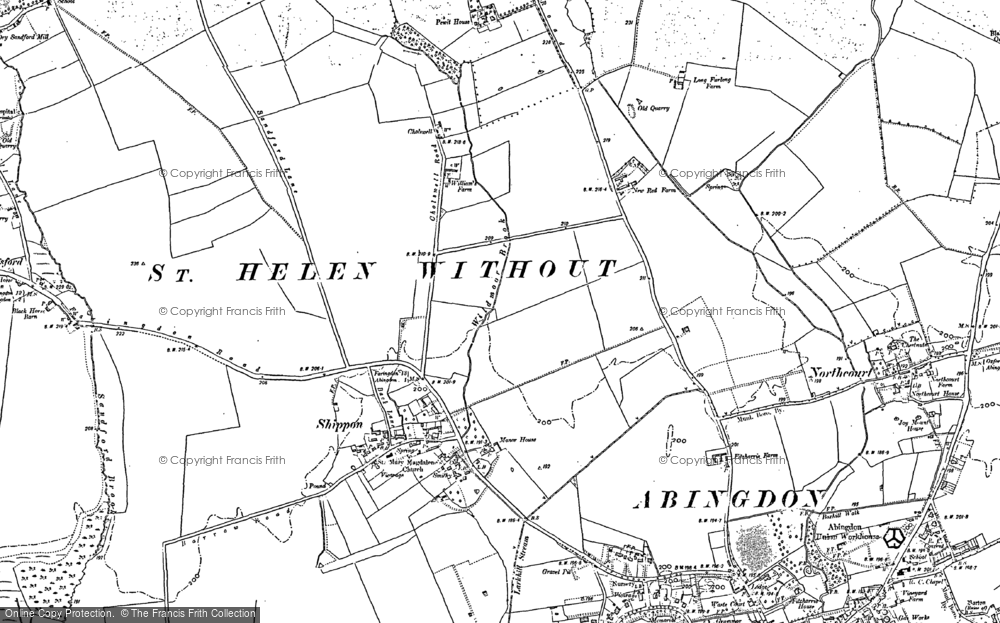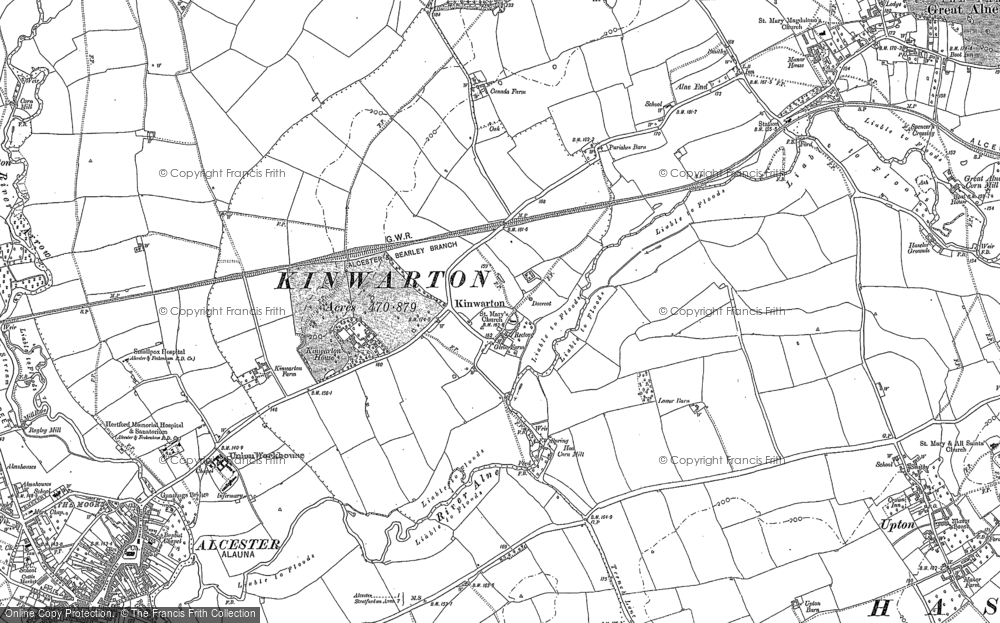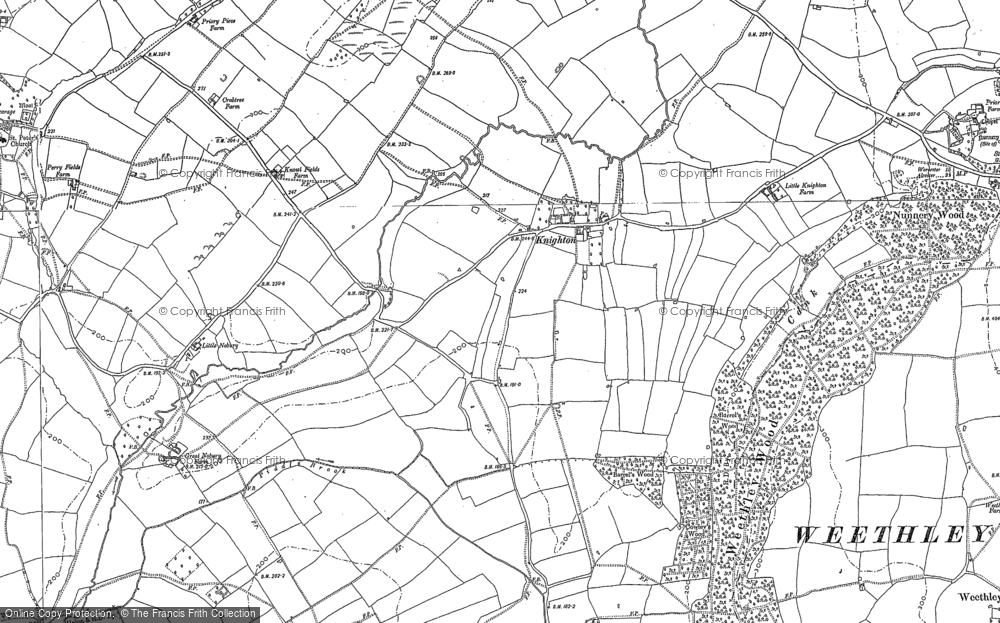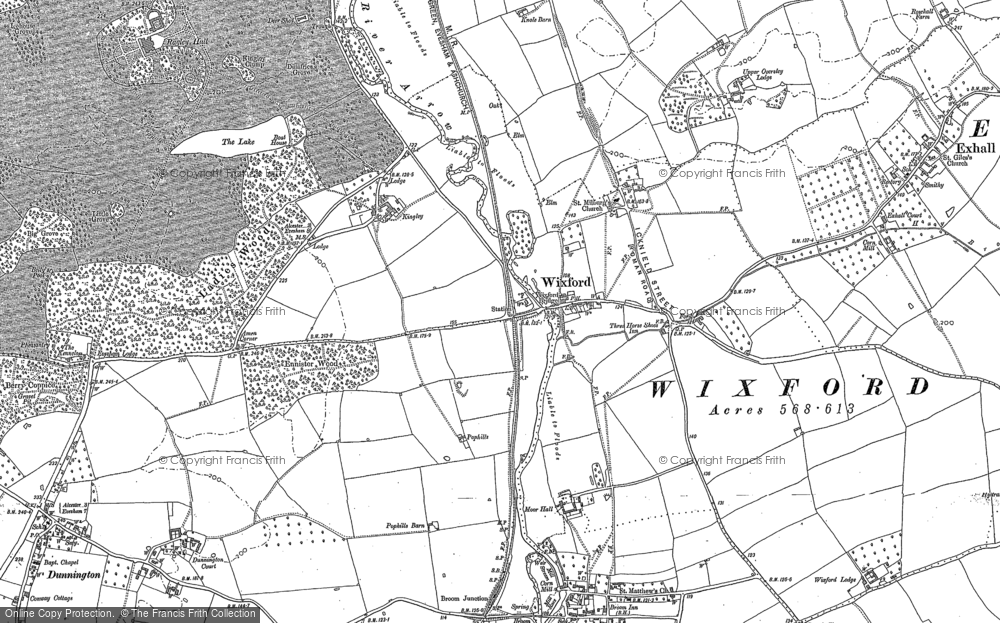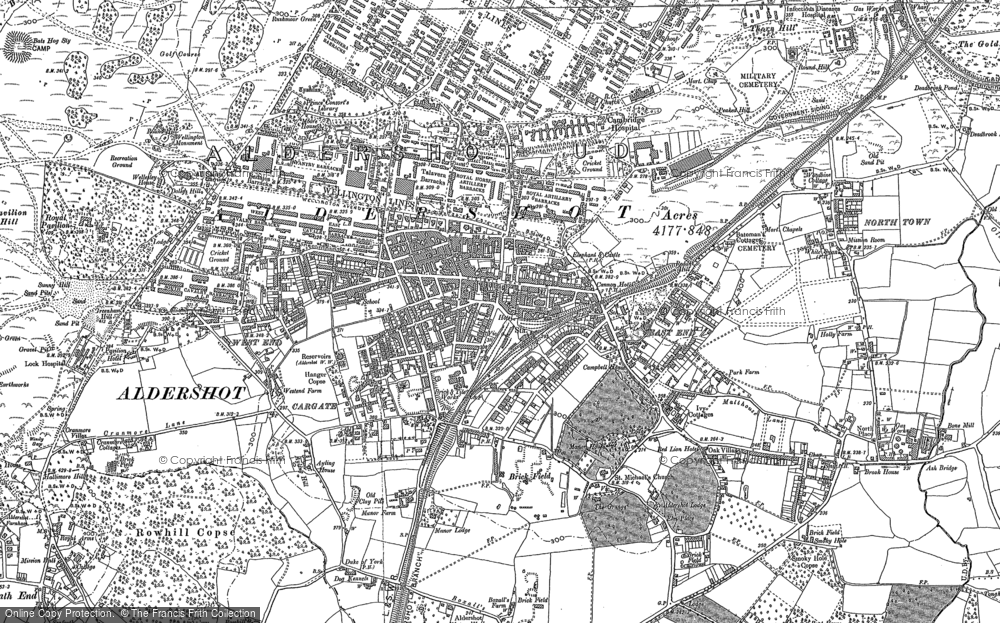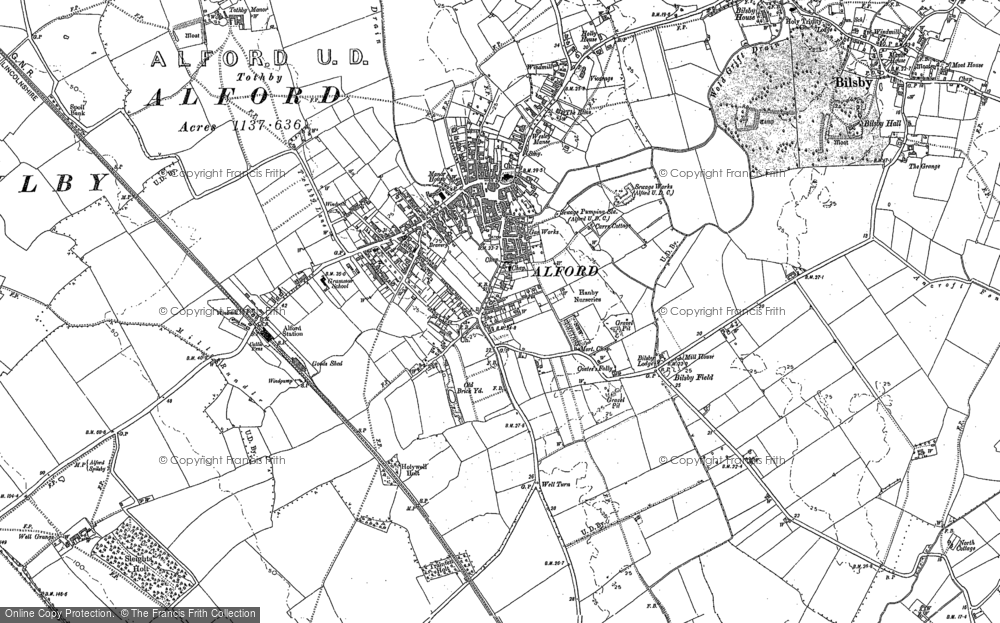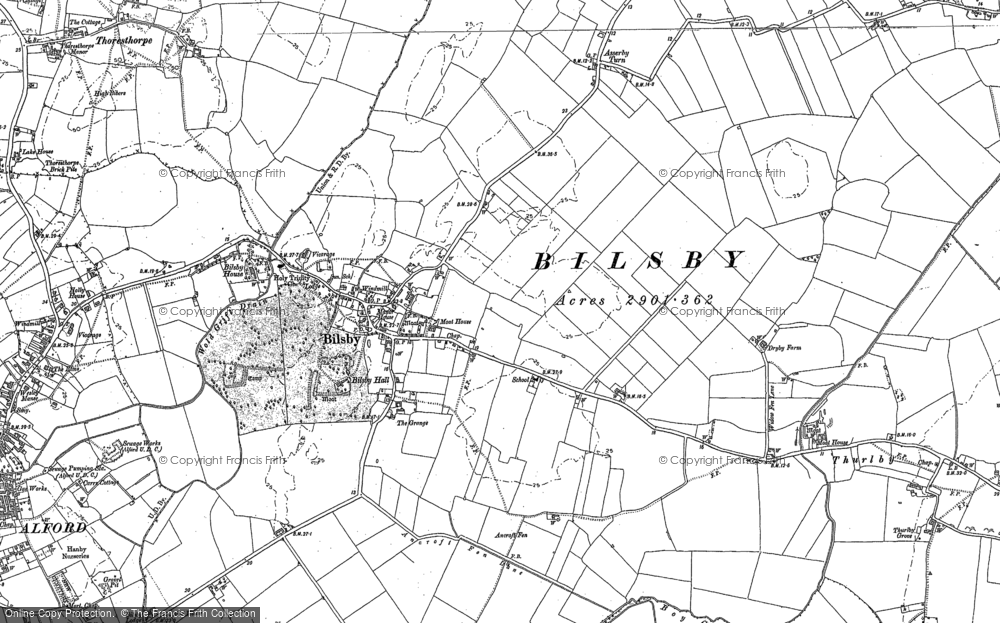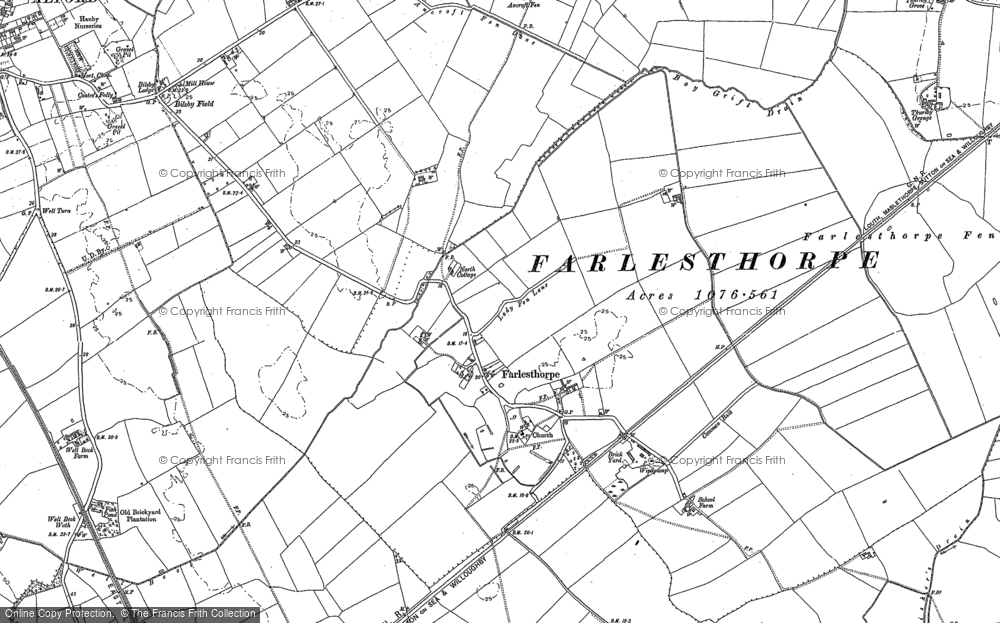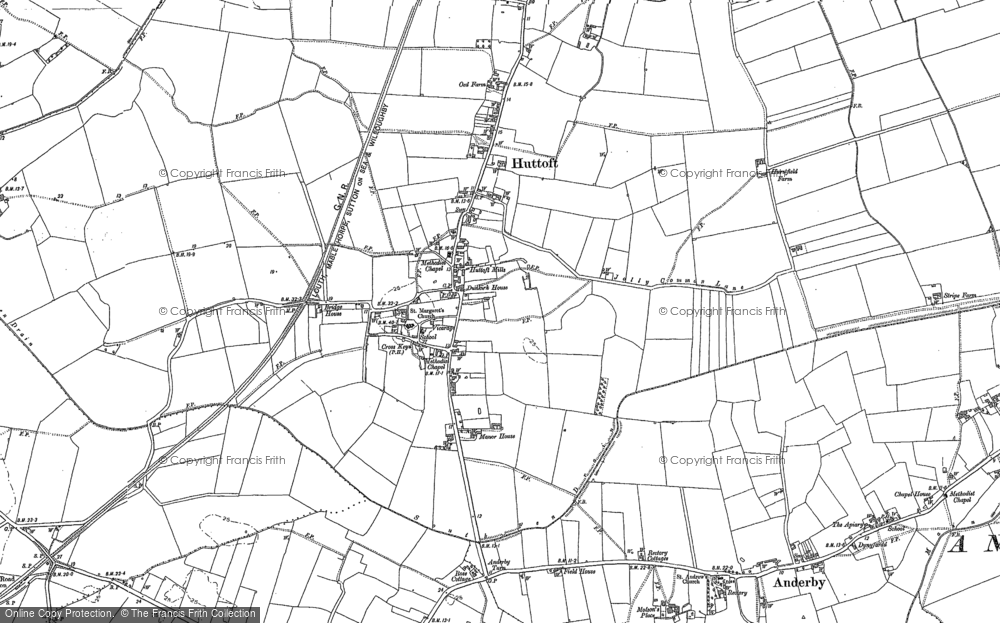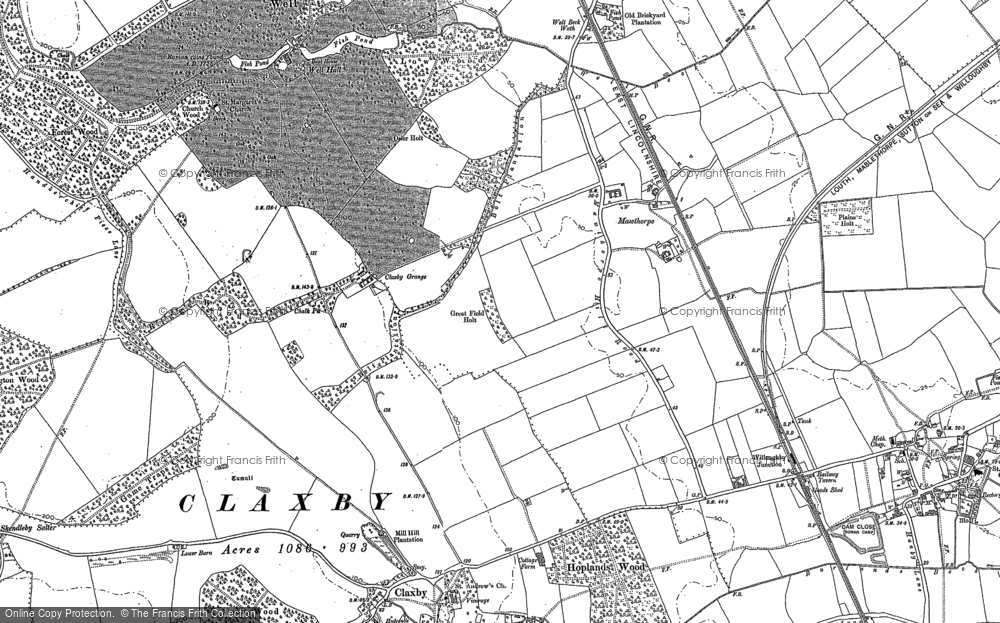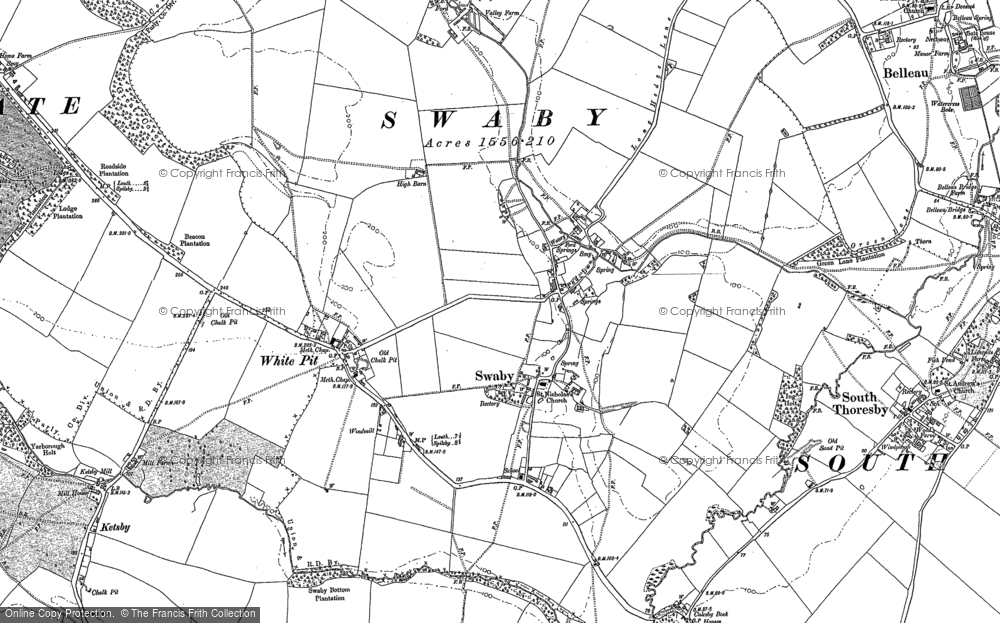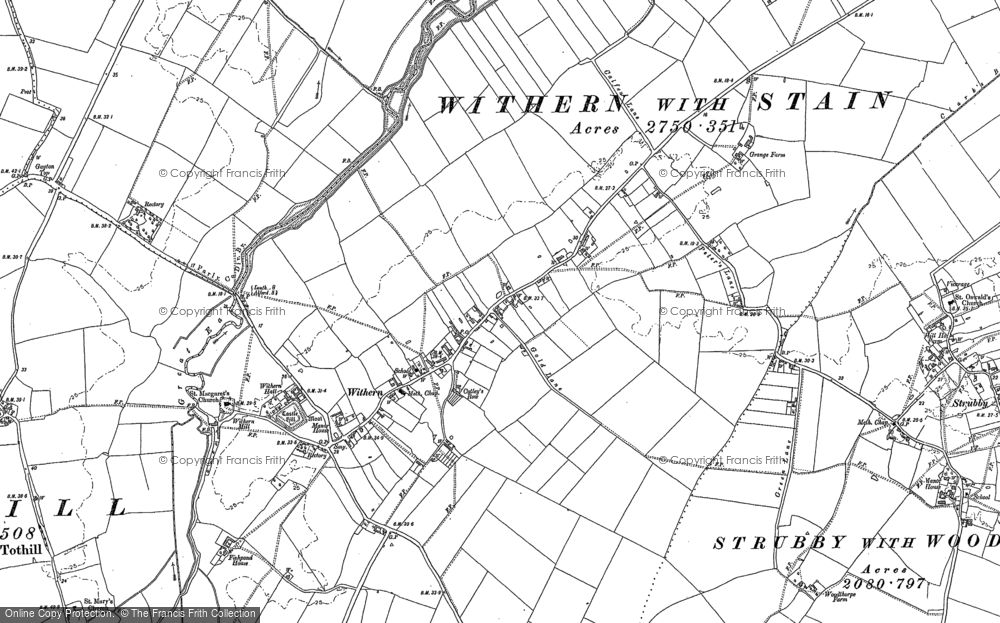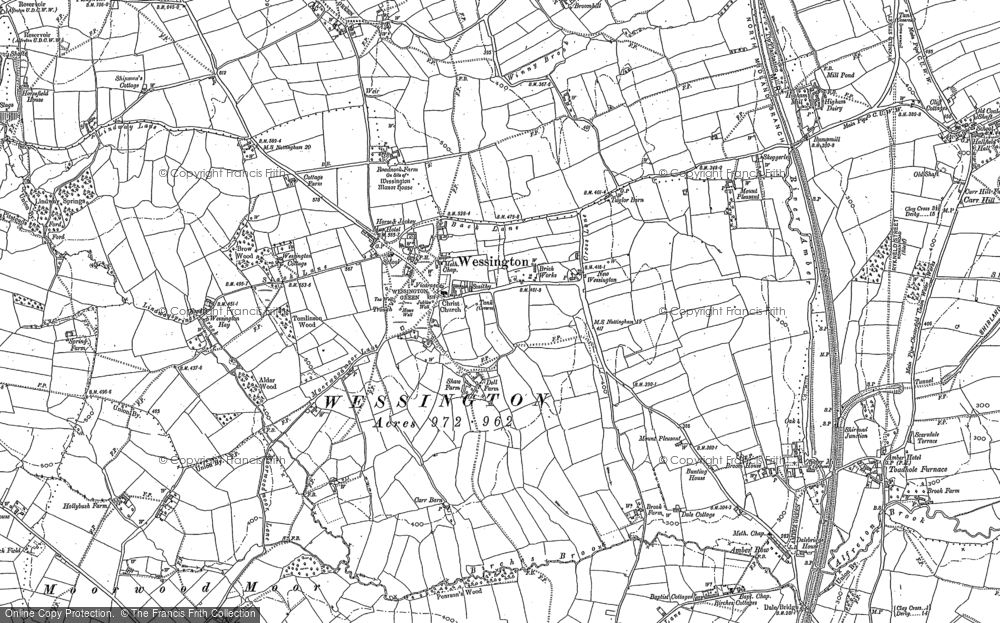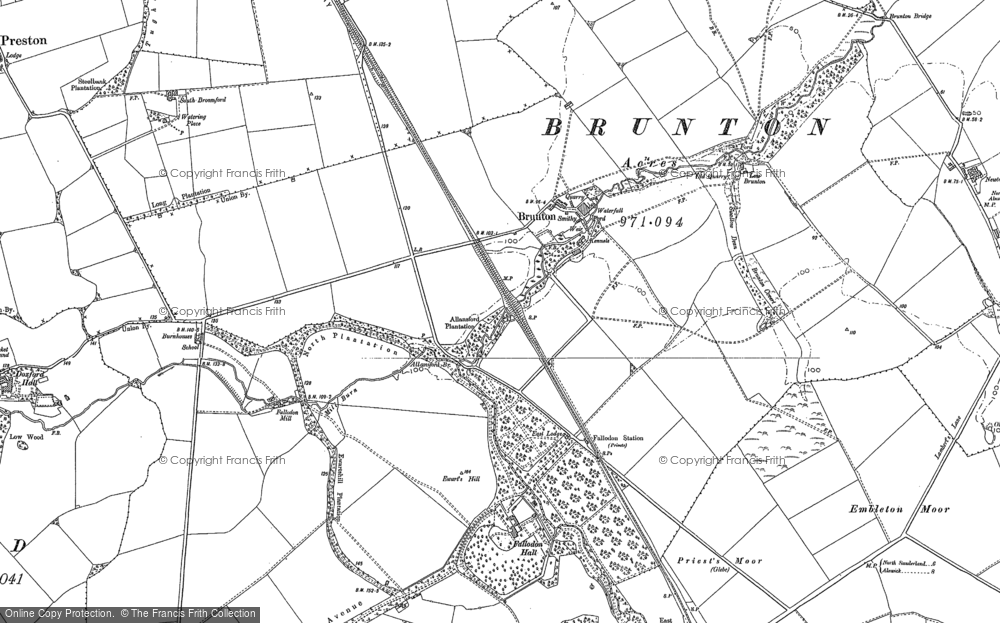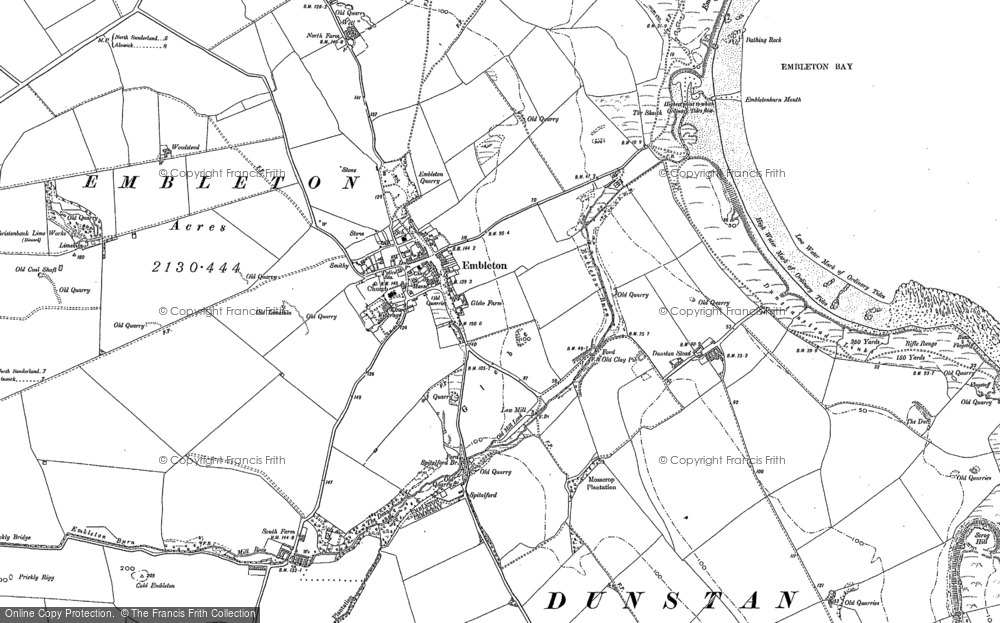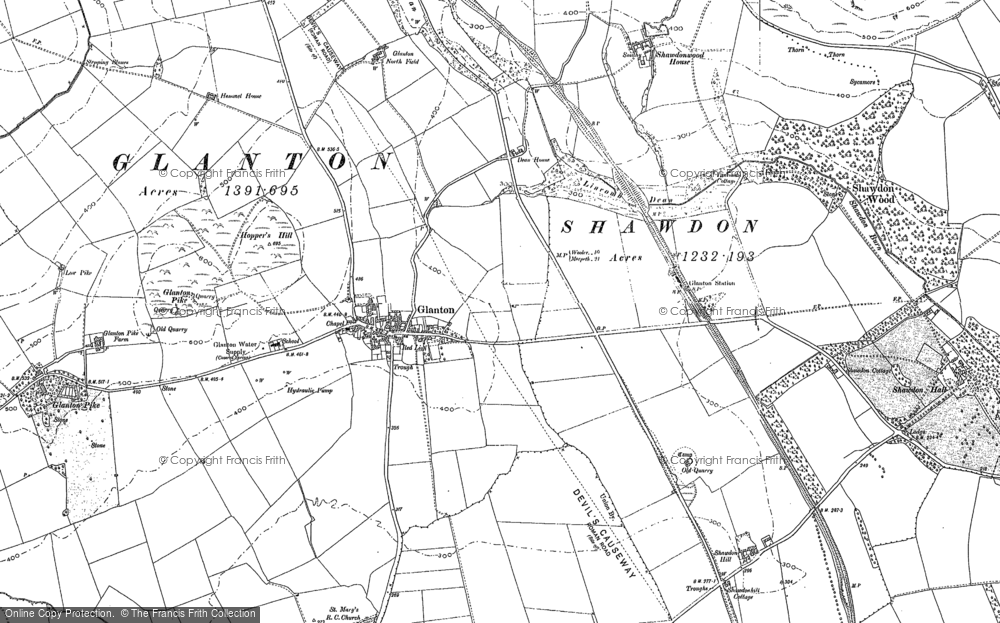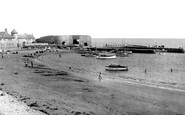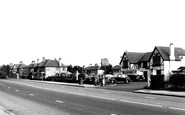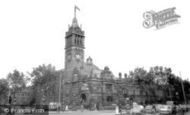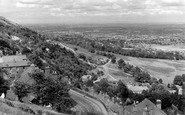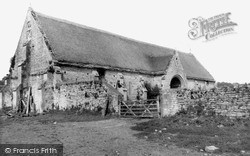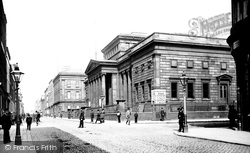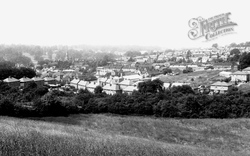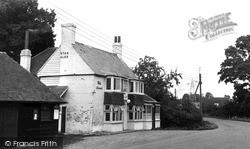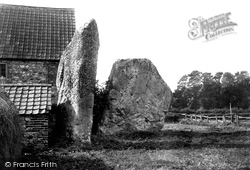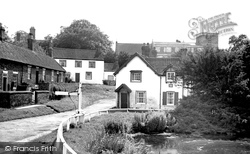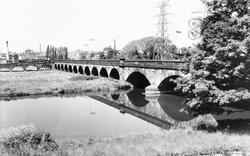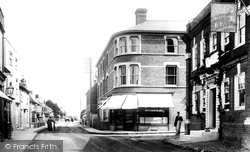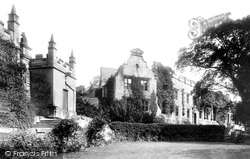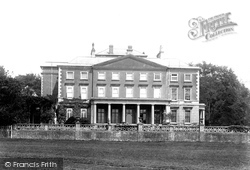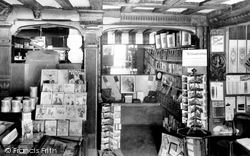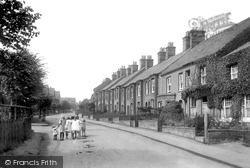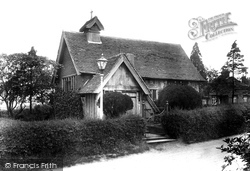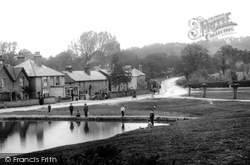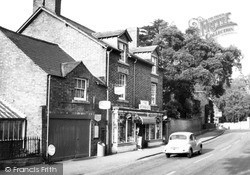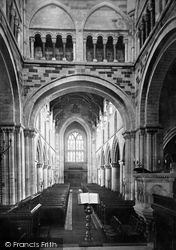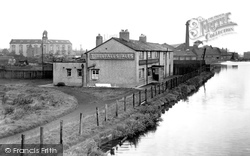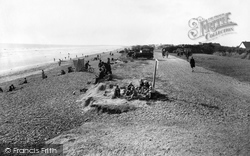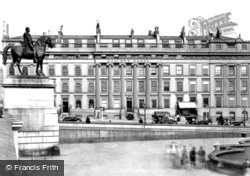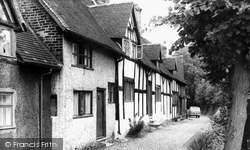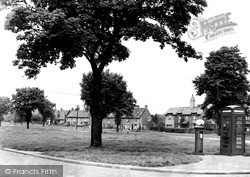Places
36 places found.
Those places high-lighted have photos. All locations may have maps, books and memories.
- Shanklin, Isle of Wight
- Ventnor, Isle of Wight
- Ryde, Isle of Wight
- Cowes, Isle of Wight
- Sandown, Isle of Wight
- Port of Ness, Western Isles
- London, Greater London
- Cambridge, Cambridgeshire
- Dublin, Republic of Ireland
- Killarney, Republic of Ireland
- Douglas, Isle of Man
- Plymouth, Devon
- Newport, Isle of Wight
- Southwold, Suffolk
- Bristol, Avon
- Lowestoft, Suffolk
- Cromer, Norfolk
- Edinburgh, Lothian
- Maldon, Essex
- Clacton-On-Sea, Essex
- Felixstowe, Suffolk
- Norwich, Norfolk
- Hitchin, Hertfordshire
- Stevenage, Hertfordshire
- Colchester, Essex
- Nottingham, Nottinghamshire
- Bedford, Bedfordshire
- Bury St Edmunds, Suffolk
- Aldeburgh, Suffolk
- St Albans, Hertfordshire
- Hunstanton, Norfolk
- Chelmsford, Essex
- Bishop's Stortford, Hertfordshire
- Peterborough, Cambridgeshire
- Brentwood, Essex
- Glengarriff, Republic of Ireland
Photos
11,145 photos found. Showing results 1,781 to 1,800.
Maps
181,031 maps found.
Books
442 books found. Showing results 2,137 to 2,160.
Memories
29,068 memories found. Showing results 891 to 900.
Tea Times At Beadnell
My name is Sean Sweet. I have many memories of Beadnell. My Grandparents owned a cottage near the harbour called Sandy Dell and later my parents had a static caravan on the links. Every summer seemed to be hot and sunny and ...Read more
A memory of Beadnell by
Pinehurst Childrens Home Park Rd Camberley
Memories of Camberley come from my childhood days as an orphan residing at 'Pinehurst', a Surrey County Child Welfare Home 1949-1953. I was put there as a 9-year-old and recall spending a very happy ...Read more
A memory of Pinehurst in 1949 by
Pheobe Ross, My Grandmother
My grandmother, Pheobe Ross was born in Knockadoois. I believe her birthdate was 30 January 1884. She left Ireland with her sister Sarah from Londonderry on the ship "Furnessia". I don't have the departure date, but ...Read more
A memory of Knockadoois in 1880 by
Quinneys
The original name of the place was Quinneys, not the Pig and Whistle as previous correspondents have noted. It was built between the wars by my grandfather Jack Swarbrick for my Grandmother (Elizabeth) to run. One of the features of the place (so I'm told) was a sprung dancefloor.
A memory of Lea by
Oh And
King Street and its area was known as 'over the other side' to everyone on the Broadway side of the railway bridge - a mysterious place that adults would talk of to each other concerning pubs or the cemetery or the tax office. "Oh, he used ...Read more
A memory of Southall in 1975 by
Hammer Of The Year Dance
At the end of the 1972/1973 football season, and at the age of 17, I went for the first (and only) time to the annual Hammer of the Year dance at East Ham town Hall organised by West Ham United. I went with my friend ...Read more
A memory of East Ham in 1973 by
Collecting Soft Fruit In The Retreat House Garden
As a child I remember collecting loganberries, raspberries, strawberries and gooseberries in the garden at the back of the house. My mother used to make them into jam which would last ...Read more
A memory of West Lulworth in 1940 by
Malvern Wells
Does anyone remember the army transit camp in Malvern Wells called Wood Farm Camp? I looked on Google Earth and all that is there is a field, I had some great memories of this place when I was a kid.
A memory of Malvern Wells in 1967 by
Hare Park Terrace
My uncle and aunt, Frank and Lilian Simpson (nee Wilson)used to live over looking the Spen Valley in a terraced house on a hill at the bottom of which was Rawfolds Mill. Is the photo H199022 this road and is the wall on left ...Read more
A memory of Rawfolds in 1920 by
Dysart In The 60s
I was brought up in Dysart, first in Howard Place then the High Street, where my mum and dad still live. I remember all the shops that were there in the 1960s when I was a little girl, the little wool shop where you could buy odd ...Read more
A memory of Dysart by
Your search returned a large number of results. Please try to refine your search further.
Captions
29,395 captions found. Showing results 2,137 to 2,160.
To reach our final village, Pilton, we must leave our straight route at East Pennard and travel almost due north for a couple of miles or so.
The City Art Gallery building was started in 1825 and completed in 1830 at a cost of £30,000.
During the 18th century, the roads Cherry Bounce, Chapel Street, Bell Road (now St Mary's Road), and George Street were all developing on the east side of the of the High Street and were in
Encouraged by the changing political scene at both national and local levels, especially after the extension of the vote in 1918 and the rise of the Labour Party, Carlisle council found itself
A scene of a typical village pub: quiet, unassuming and somewhat down-at-heel, but an essential part of the fabric of English rural life.
In the middle of the northern inner circle stands the Cove; it originally consisted of three stones, of which two now remain.
This unforgettable village cupped in a hollow with a large wayside pond is the home of All Saints' Church.
This unforgettable village cupped in a hollow with a large wayside pond is the home of All Saints' Church.
Burton Bridge was once one of only a handful of crossing points over the Trent River, and consequently the town was of some strategic importance.
This junction of two streets marks the site of the former market place, with the stolid red-brick White Lion, on the extreme right, and the King of Prussia pub along the road on the left, ready to slake
Here we see the ruins of the once luxurious state rooms of Bolsover Castle. It was probably in these rooms that the Duke of Newcastle lavished thousands of pounds on entertaining Charles I.
This house was built by the three Medley brothers in c1750 in the grounds of Buxted Park, situated about two miles north of Uckfield.
This interior of a 15th-century Tudor house is part of Tooth's stationery shop, located on the south side of the High Street.
Children from the rather plain terraced houses have been given the job of taking the baby out for a pram ride.
Under the will of Archdeacon Pykenham, twelve almshouses were built in 1490 on either side of the earlier wayside chapel of St. Mary Magdalene and Catherine of Sienna.
In the 19th century, this area south of Dorking was a wild and dangerous part of Surrey, where highwaymen pursued their villainous trade and smugglers transported their contraband goods at night along
A few miles to the north of Chipping Campden lies Mickleton, a small town that displays both the limestone buildings of the Cotswolds and the traditional half-timbered style of the Vale.
A striking feature of this picture is the contrast between the rounded, early Norman arch in the foreground and the taller, narrow pointed arch of a later period at the western end of the nave.
The town owes its very existence to the building of the Ellesmere Canal (as it was then called) by Thomas Telford and William Jessop in the 1790s.
Both villages, which lie at the end of the Selsey peninsula, just a few miles from the historic cathedral city of Chichester, have long been associated with seaside holiday recreation.
Burton Bridge was once one of only a handful of crossing points over the Trent River, and consequently the town was of some strategic importance.
Here we see the equestrian statue of George IV, who was Prince Regent at the time of the Battle of Trafalgar in 1805.
'The village of Big Budworth! You may travel England round, There is not such a village in the kingdom to be found.'
Romanby Green at Northallerton, a little town on the River Wiske on the western edge of the North York Moors, gives the impression of a village green.
Places (6814)
Photos (11145)
Memories (29068)
Books (442)
Maps (181031)


